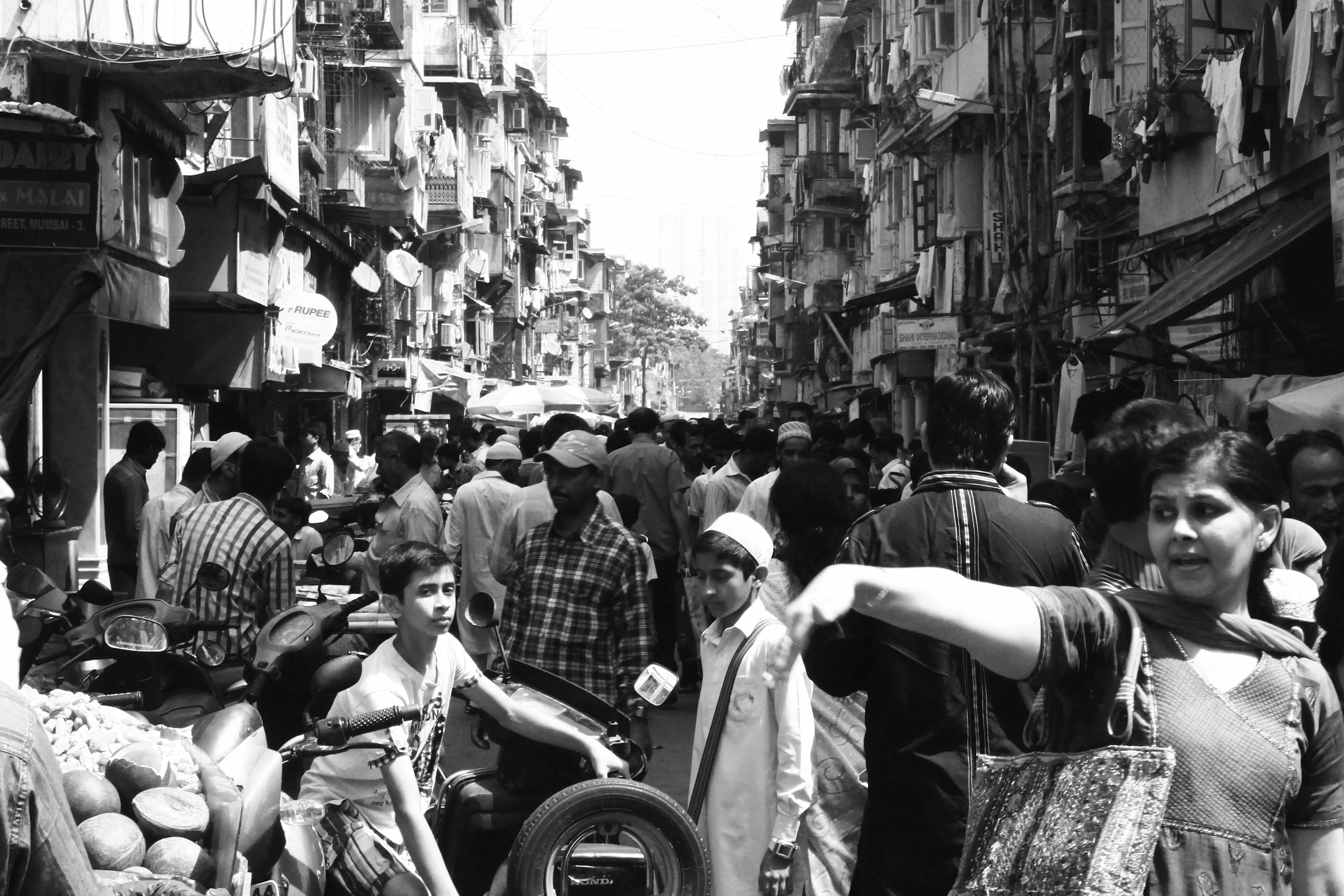A ticking time bomb
Strap: Rather than falling for deceptive theories of population advantage, India needs to recognise the real risks of population explosion; writes Ramniwas Malik

India has become the most populous country of the world, and will surpass China on July 1, 2023. The Indian population will become 142.9 crore on that day. Going back, the Indian population was 102.3 crore on April 1, 2001. It grew by 18 crore during the next decade to reach a figure of 121.1 crore on April 1, 2011. Now the UN data shows a further increase of 21.8 crore over a period of 12.25 years, thus showing an increase of 17 crore per decade — equivalent to adding one Netherlands every year. The most disturbing fact is that the Indian population will continue to grow exponentially and touch a figure of 170 crore in April 2063, before stabilising.
India has become the most populous country in the world, both in terms of total count and higher population density. The population density of India is three times that of China. Also, the age distribution pattern of the Indian population is quite skewed. 36 crore adolescent boys are below the age of 15 years. 60 crore young people lie in the 15-40 age group, 31 crore people fall in the 40-60 age group, and only 16 crore people are above the age of 60 years. India is indeed inhabited by the youngest population in the world.
Strangely, the governments have maintained a stony silence over the most serious problem facing the country. Also, 70 per cent births are taking place in poor and lower middle-class families, where the health of pregnant mothers is below the prescribed parameters. Children born to such mothers will suffer from stunted growth and many congenital defects.
In order to fathom the risks and dangers of rising population, we must first examine the existing social, economic and employment scenarios in the country.
Presently, the number of young people in the 15-40 age group is 60 crore. Going by linear distribution, the number of youths entering the employable 21-40 age group comes to 45 crore. The average unemployment rate is 8.5 per cent of the total population, and by this ratio, the number of unemployed youths comes to 12 crores. The number of possible unfilled vacancies, both in the government and private sectors, is 1.25 crore. Besides this, 2.5 crore youths are freshly entering the employment age group, annually. This situation may lead to social unrest and other attendant problems like rising crime graph in society. Some experts say that the rising young population can become a demographic dividend, provided the young people are given productive work in the country. This hypothesis looks charming only on paper. Labour jobs have been overtaken by machinery, and public and private sectors are already flushed with white-collar jobs. For example, harvesting of wheat crops is done mostly by combine harvesters. Likewise, the infrastructure projects, too, have become highly dependent on high-end mechanisation. Also, the entire concreting work is done by computerised machines. Therefore, the only area left to absorb the vast army of young and skilled population is the industrial sector. But you cannot set up an infinite number of industries to absorb crores of unemployed youths every year till there is a fair chance of exporting the surplus industrial output, which, again, is a remote possibility in this competitive world of exports.
Economic status of a large section of the population is also very depressing. 260 million people are wallowing under extreme poverty conditions. An equal number of families, called marginally poor, also live from hand to mouth. Lower middle-class families, too, do not lead a comfortable life because of rising prices of essential commodities. Income distribution across different layers of the population pyramid is also very skewed. According to the latest Oxfam India report, one per cent of the population of the country owns 41 per cent of the national wealth, and 5 per cent of the population owns 60 per cent. Only 3 per cent of the national wealth trickles down to the bottom 50 per cent of the population. Entire farming community is under financial distress because of below-MSP sale of most agricultural products and lack of irrigation. The total GDP of India is only 3.2 trillion dollars, against the Chinese economy of 19.8 trillion dollars. The government boasts of surpassing the UK in creating national wealth, forgetting that the Indian population is 24 times that of the UK and, consequently, per capita GDP in UK is 24 times the per capita GDP of India
India still occupies a very low ranking with respect to two very important parameters; it ranks 132 and 101 on the Human Development Index (HDI) and Global Hunger Index (GHI), respectively. China was more economically backward than India till 1978 when Deng Xiaoping took over as head of the government after the death of Mao, and his very first decision was to introduce the one-child norm.
It is a fact that India does not suffer from food shortage to feed 143 crore people. But availability of foodgrains or breads is not enough to ensure a balanced diet to every person in order to make them lead a healthy and productive life. Besides, excessive overcrowding across the country has led to serious environmental degradation. Most cities have become gas chambers, and 15 Indian cities are among the 25 topmost polluted cities of the world.
Obviously, all these existential problems have compounded because of the burgeoning population of India over the years. Therefore, raising high-sounding slogans like India becoming a Vishv Guru, and enjoying a demographic dividend or young team of 60 crore, only leads the people and the country to self-deception and complacency. It is high time that our governments awaken to the ground realities and prepare a roadmap to tackle the serious problem of population explosion to ensure a bright future for the citizenry.
Views expressed are personal




